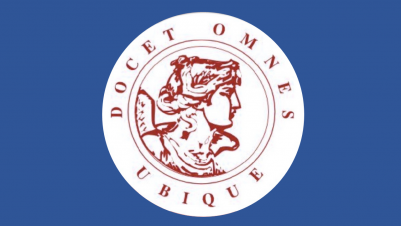
Image translation:
- Should we degrade energy?
- Yes, only sometimes and in these cases it must be degraded very quickly.
- Where to? -In valves in particular.
- Why? -To calm their chaotic and violent flows.
- How? -By using the principle of worst action.
The second law of thermodynamics in the traditional form is written:
energy is deteriorating.
The second law of thermodynamics will be modified for our purpose, and elevated to the principle of worst action, which is written: the energy must sometimes be degraded quickly. This is particularly the case in valves.
Instead of letting energy degrades as it can, as it wants, the principle of worst action sets the goal to quickly destroy the supersonic jets, responsible for incidents and accidents on valves.
Order and disorder are present in a dissipative structure, so in a supersonic jet. The principle of worst action is based on the organization of the largest possible disorder in a molecular system and thus the elimination of the part of order contained in it.But how will we doing ?
Nature teaches us, just watch it. As soon as the flow is supersonic, it is possible to dissipe quickly and massively the energy by a singular utilization of these flows. The instrument that allows to apply the principle of worst action is called a Kinetic Energy Degrader (KED) or simply a vistemboir.
Applying the principle of worst action :

